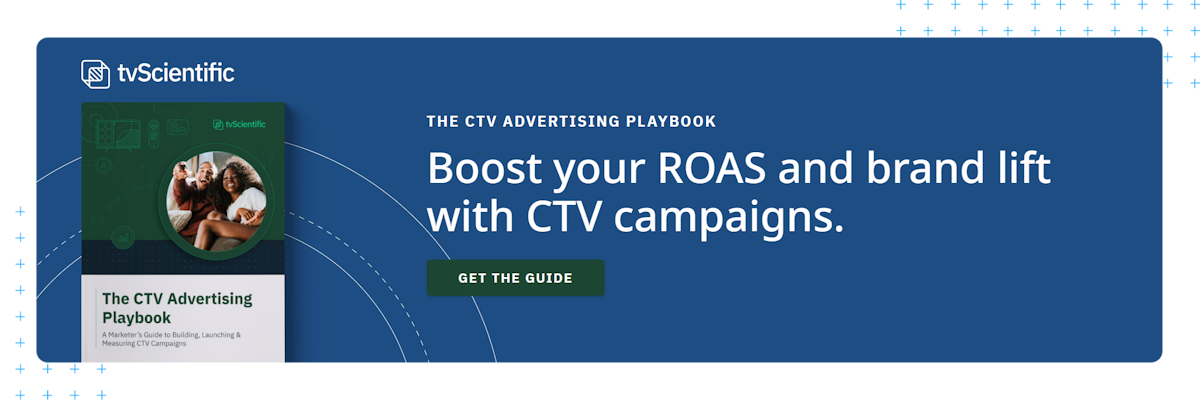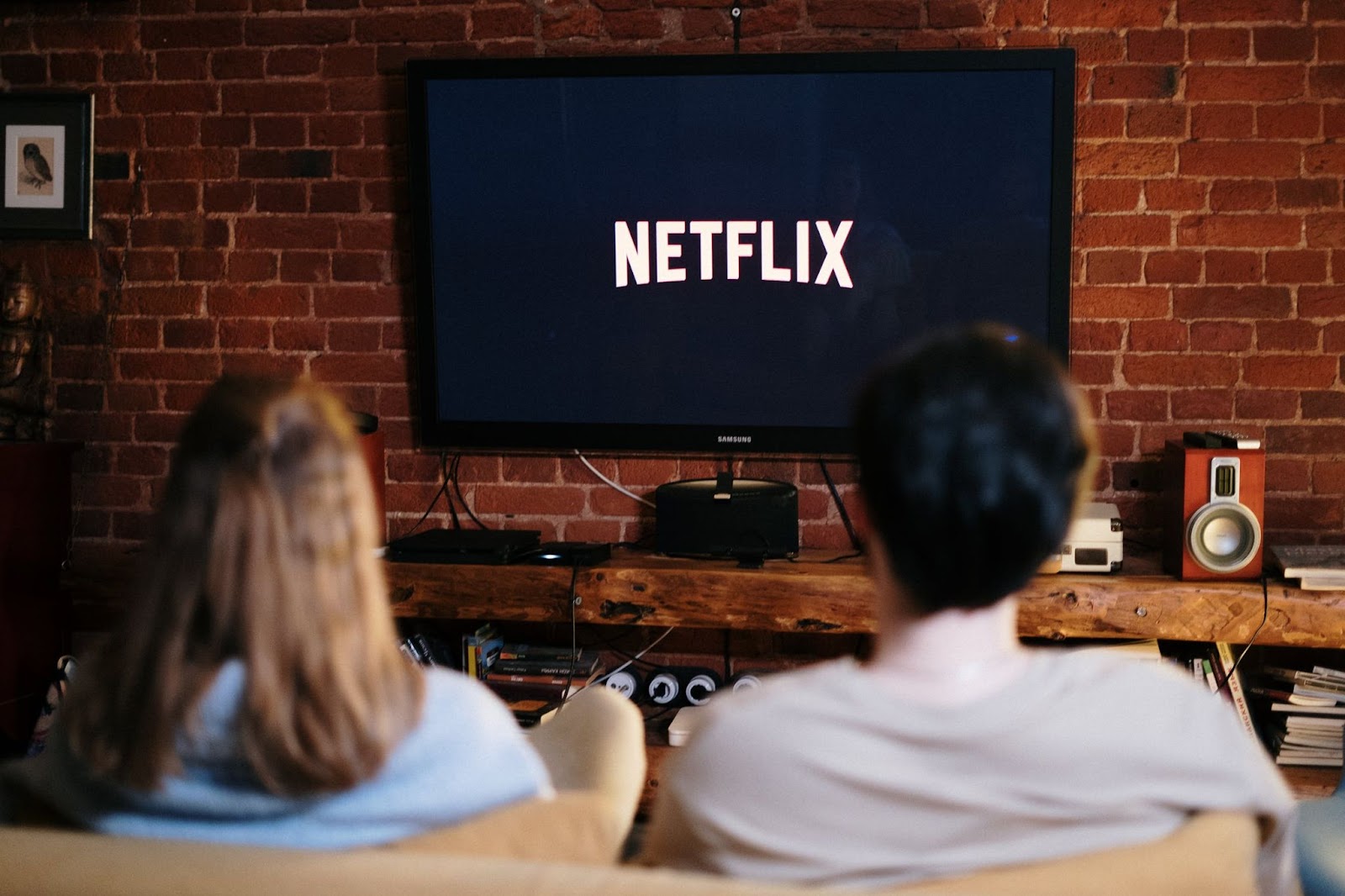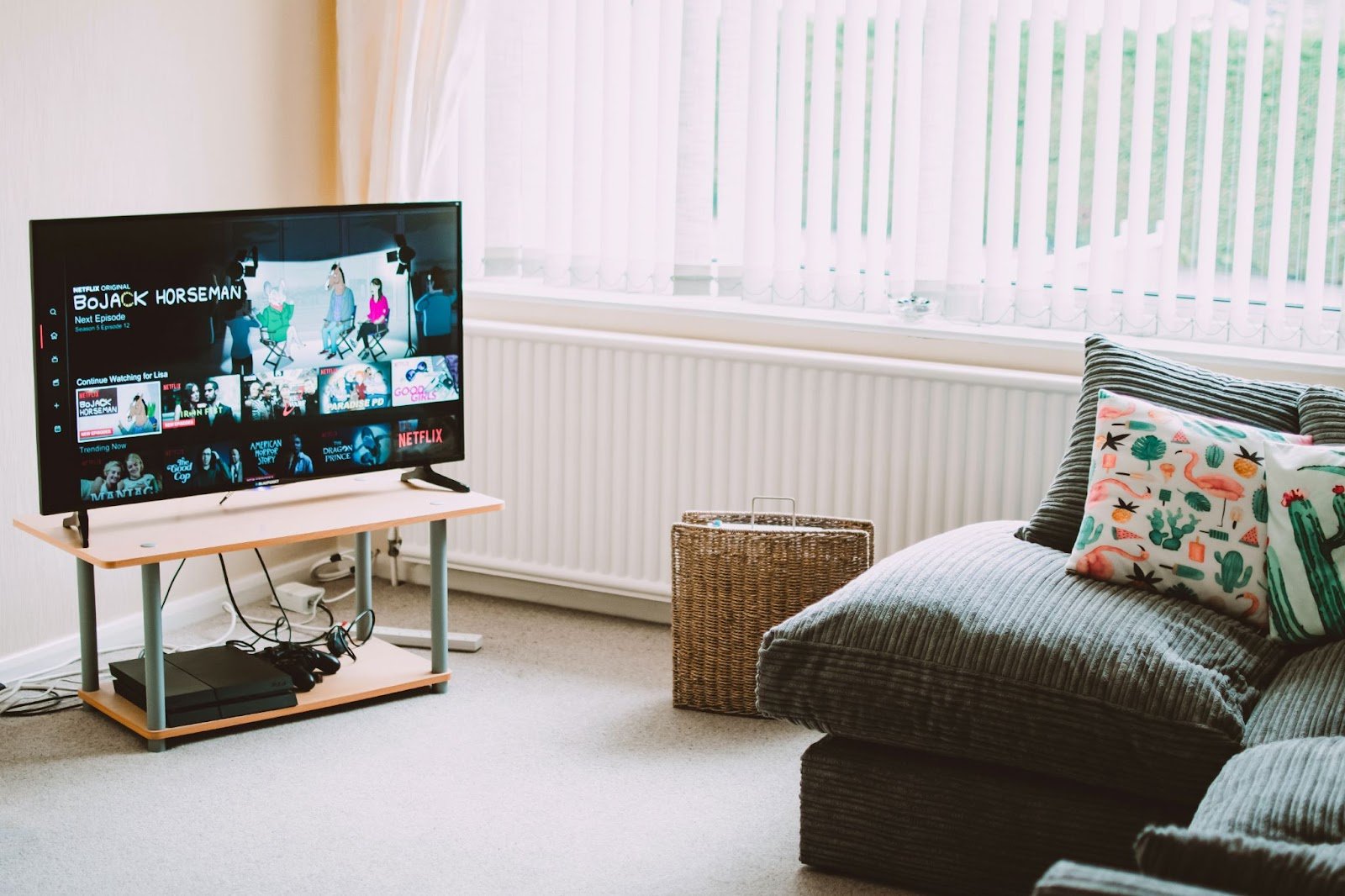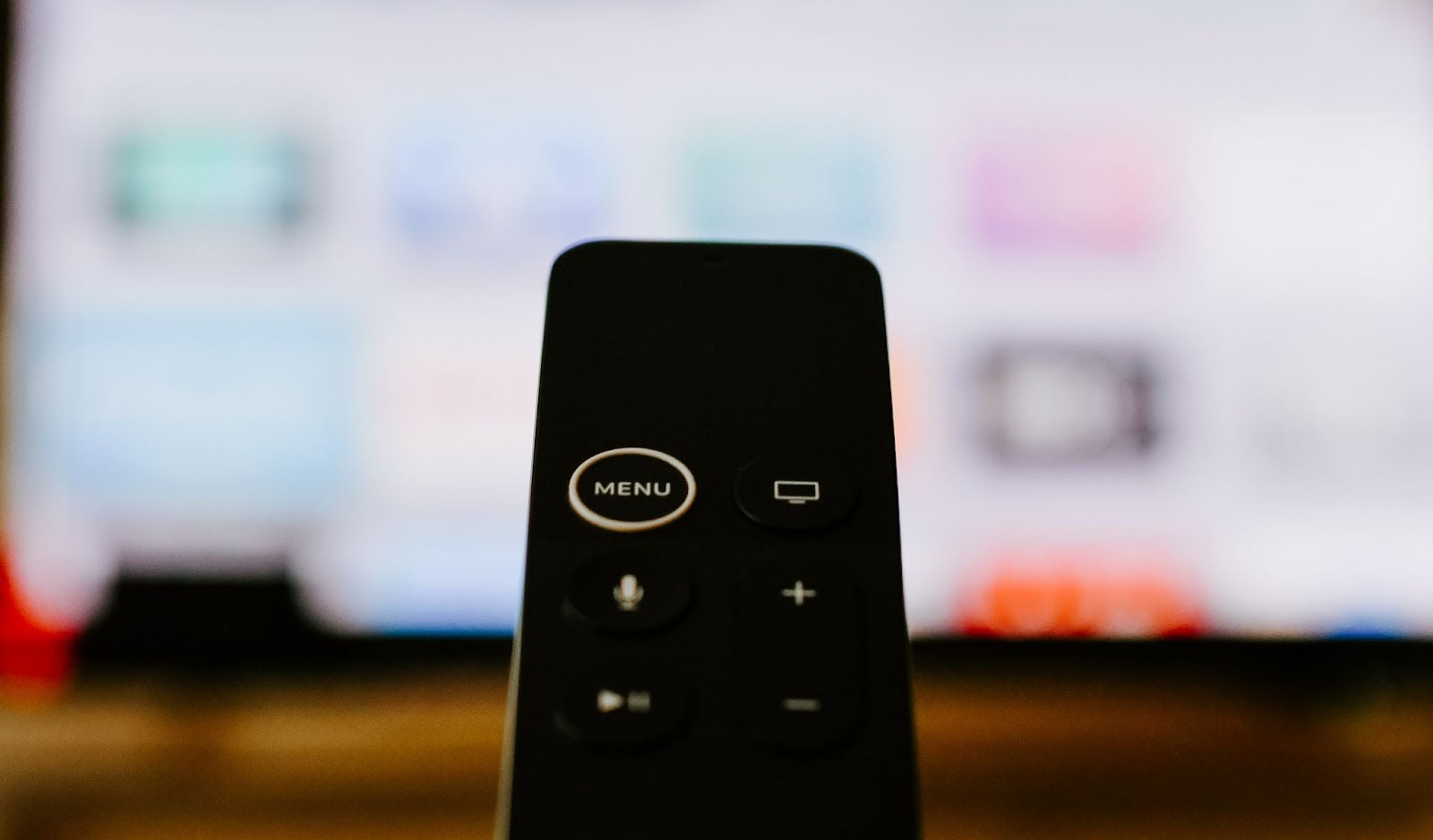Explore our guide to paid user acquisition to learn its benefits, drawbacks, and the different types suited to different campaigns.
Learn what can make paid user acquisition an effective part of your marketing strategy
Ideally, all you need to do to bring people to your product is provide a high-quality experience. Call it the Field of Dreams model of user acquisition: “If you build it, they will come.” Sadly, the waking world brings no such assurances. To give your brand the best possible chance of success at every stage of its lifecycle, you need to invest in paid user acquisition.
This isn’t to say that simply spending money to get your brand in front of more people is an all-in-one growth strategy. Far from it — paid user acquisition should be just one pillar of a healthy UA strategy. But before you can decide how to best use paid acquisition to serve your brand, you need to know the fundamentals and what sets it apart from other means of bringing in users.
Ready to dig even deeper into user acquisition? Check out User Acquisition: The Complete Guide.
What Is Paid User Acquisition?
Paid user acquisition is any method of bringing users to your product that requires an upfront or ongoing expenditure of cash. One of the most common examples of paid user acquisition is advertising on television: You pay a network or over-the-top streaming service a certain amount of money, and they show your product to a certain number of people (estimated by the network’s demographic info in the former case, or based on real-time metrics in the latter).
One of the most useful ways to understand paid user acquisition is how it differs from unpaid, or organic, user acquisition. Organic user acquisition accounts for everything that could bring users to your product without you directly paying for the privilege — word of mouth between friends, a spot on a list independently curated by a publication or influencer, search results on Google or the App Store that surface your product without advertising, and so on.
One of the most impactfulforms of paid user acquisition available today is connected TV. Our new playbook outlines everything marketers need to know about incorporating CTV into their advertising strategies, including measurement without privacy concerns, higher brand recall, accurate targeting, and more.
Benefits of Paid User Acquisition
-
Paid user acquisition is one of the fastest ways to kickstart a product that doesn’t already have a great deal of brand recognition. It gets your brand in front of audiences who may have otherwise kept channel surfing or scrolling.
-
It is also an excellent way to broaden your audience, since paid acquisition targeting is less likely to result in an “echo chamber” effect that only reaches those who are already familiar with your brand.
-
Paid user acquisition campaigns such as TV commercials have a “halo effect” that uplifts brands across all channels.
Drawbacks of Paid User Acquisition
-
Paid user acquisition is getting increasingly expensive across many channels. This is especially true in mobile marketing, thanks to mounting limitations on formerly powerful targeting capabilities.
-
Overexposure through paid acquisition is a real concern, and not just because of diminishing returns: Research shows people who see the same ad more than five times are less likely to buy the advertised product than those who only saw it two to five times.
-
In terms of measurement validity, not all paid user acquisition channels are created equal; working with the wrong partner may mean imprecise or outright inaccurate results.
Now that you know how paid user acquisition can fit in with your brand’s UA strategy, here are some of the most common ways to measure its success:
Key Performance Indicators for Paid User Acquisition
- Conversion Rate: This combines two metrics to make them even more useful together. Impressions (how many people see your paid content) divided by conversions (how many people then take the desired action, such as visiting your website, installing an app, or purchasing a product) equals your conversion rate.
- Customer Acquisition Cost (CAC): Sometimes called cost per acquisition, this metric shows how much it costs to bring users on board by dividing your applicable sales and marketing expenses by the number of new customers.
- Customer Lifetime Value (CLV): Just as important as attracting lots of users is attracting the right users. By calculating the average customer lifetime value for each user brought on by any given campaign, you can quickly see which resulted in the most valuable users.
- Return on Ad Spend (ROAS): This is what it all boils down to, at least for advertisements: Divide the amount of revenue you earned by the amount you spent on ads, and you’ll get a quick and compelling window into how successful your advertisements have been.
4 Paid Acquisition Channels to Find the Right Users
Any number of channels and platforms will be eager to take a cut of your marketing budget, but some are better suited for certain purposes than others. Here are five of the best paid acquisition channels to try out first.
Advertising on Television
TV ads have long been a powerful means of reaching audiences, but recent shakeups in the space have made it more accessible to potential advertisers than ever before. A 2022 study found that 94% of US households were reachable via CTV advertising, making online-connected TVs an excellent way to reach as broad or narrow an audience as required.
Mobile App Advertising
US consumers spend, on average, four and a half hours or more on their mobile phones every day. While that number seems to have finally reached a plateau after years of explosive growth, the potential impact of paid user acquisition from mobile-first channels such as ads placed in apps and games is undeniable.
Paid Search
People who search for terms related to your product are already illustrating a clear and immediate level of intent that may not be present in other forms of paid user acquisition. By paying to place your product on top of the search results for that term, you can raise the chances that you’re being seen by those most likely to convert.
Influencer Campaigns
People listen more to public figures they trust and value, which is a large part of the reason why 86% of US marketers are projected to use influencer campaigns by 2025. These types of campaigns are unique in that they’ll only work if you can find the right influencer to partner with, though unexpected crossovers can sometimes pay dividends of their own.
In short, the answer to “what is paid user acquisition” is a broad one, with vast potential for results for brands who are willing to put in the work to find the right approach for them. If you’d like to put the power of advertising on connected televisions to work for you, then you should consider starting with the most sophisticated performance advertising platform for CTV.
tvScientific was founded on the belief that, for marketers to adopt a platform, they must trust that platform. That’s why we put our basic formula, Trust = Data x Transparency x Control, at the center of everything we do — and that’s how we make TV advertising accessible, measurable, and accountable for brands of all sizes. Request a demo today and find out how your brand can take user acquisition to the big screen with tvScientific.







